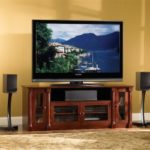The choice of television cable for modern TV broadcasting
With the advent of satellite and digital TV broadcasting, the question of which cable for a TV is better to choose is becoming more and more common - after all, the quality of the received signal depends on it. So, for example, switching to satellite or digital broadcasting from analog TV, often equipment is not tuned to certain channels, the image may become fuzzy, blurry, sometimes ripples and noise appear on the TV screen, although a completely different quality is expected from modern technologies. The main reason for the occurrence of such defects is a technical discrepancy between the old line and the new signal characteristics. It is logical that for the quality of the television equipment will have to change the cable.

Content
Where to begin
It is not difficult and independent to lay the cable and connect the television equipment at home. You do not need to have special work experience or deep knowledge. But to make the right choice coaxial cable (this is the type used for modern TV broadcasting) is not so simple. Studying only its external characteristics: the thickness, color, trying to determine by eye what it consists of - it is unlikely to get a suitable copy. Which is better to choose a cable, you can understand, starting from the original data. Before you go to the store, you need to figure out what characteristics the cable network should have. To do this, find out:
- what signal format it should support (digital or analog TV);
- the type and amount of television equipment that will be used on it;
- place of laying (flat or large house);
- the location of the signal source is an outdoor antenna or satellite dish on the roof of a house or balcony, a shield on the stairwell;
- total network length.
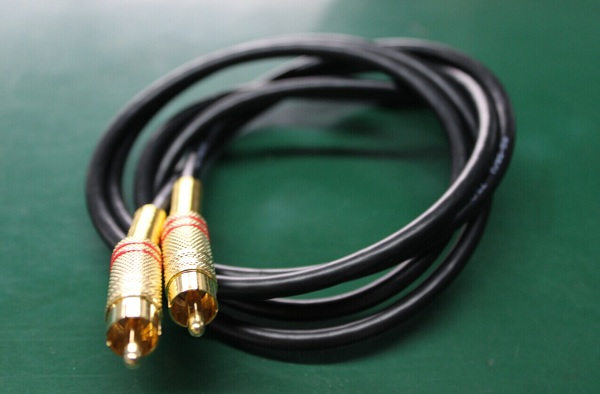
TV cable structure
Speaking about the internal structure, it is possible to say with precision that all models have a similar content.
- Inner conductor - it can be made as a single or stranded wire, copper tube. The distance of the signal and the possible bending radius depend on the material.
- Dielectric layer - provides immobility of conductors. It can be made of polyethylene, Teflon, foamed polyvinyl chloride or air gap. The quality of the material depends on the wave resistance and attenuation of the transmitted signal.
- External conductor - braid. It is made of foil, corrugated tube, aluminum film, metal wire. The degree of protection from external electromagnetic interference depends on the quality of the material.
- Shellwhich protects the internal structure of the cable.
As can be seen, the principle of the structure of cables is the same, but the materials from which its structural parts are made differ from each other. How to choose a good option that would match the technical characteristics of modern television broadcasting?
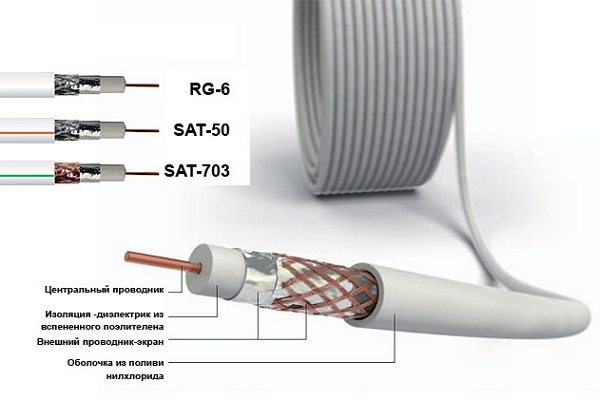
Selection rules
Regardless of the manufacturer,any television cable for adopting a modern television format must have a resistance of at least 75 ohms. Also consider the following criteria.
The composition of the outer shell
As a rule, use either PE or PVC. In the first case, the shell will be white, and in the second - black. Previously it was believed that for outdoor installation, for example, when the antenna is on the roof or balcony of a house, preference should be given to the cable with a black protective sheath. But today this indicator is not critical, and therefore some types of cables with a white protective sheath, for example SAT 703, can be used for both internal and external works. The main thing to consider protective layer thickness. It is logical to assume that the more it is, the better.
However, in this case, the whole structure becomes unwieldy, respectively, the bend radius will be somewhat limited, this should be taken into account when planning the place of installation (the presence of turns and angles).
Characteristics of the external conductor
It should consist of two screening layers. You should not buy models with one layer, this cable does not meet modern standards for signal transmission.The materials from which the screening layers of the outer conductor are made are different. In the very first models of a television cable, the most common braided wire was used as an external screen. The main advantage of such a model is low cost, but it’s definitely not worth counting on receiving a high-quality signal. Modern models have the main metal foil screen and additional braid, which is also made of metal alloys - it reduces the level of interference from radio equipment and household appliances.
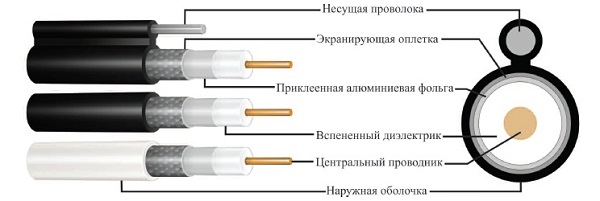
Characteristics of the central core
As a rule, the central core is made of copper or other strong metal alloys. To give strength, alloys can also be plated with copper. There are no confirmed facts that copper conductor much better quality than the alloys of other metals, transmits a signal. But many experts recommend such models of television cables.
Thickness
Undoubtedly, the smaller cable diameter is easier to lay, it is easy to mask under specially designed for this box, but the signal quality leaves much to be desired. 3.5 mm cross section is minimum rate for home use. Otherwise, only the main channels may be available, since the effect of such a cable will be limited. In order to watch TV channels with a modern extension, you definitely have to purchase additional devices, for example, digital tv set-top box. They will come much more expensive than the cable with the optimal cross-section.
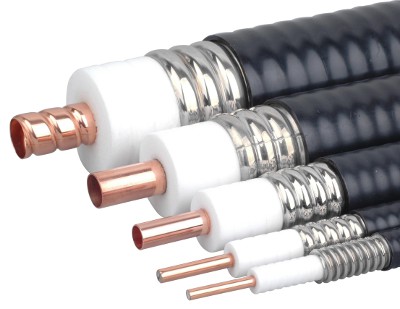
Manufacturer
The modern market involves a large number of manufacturers, but this does not mean that everyone promises a quality product. It is worth paying attention to well-established manufacturers, such as Belden, Cavel, Commscope, Mediaflex. This rule applies to antenna selection.
Length of cable
In order to avoid problems in the installation process, it is recommended to purchase a cable with a small margin of length. First of all, this is due to possible mechanical damage during operation, which will affect the signal quality. May require the elimination of the damaged area. The second reason is the rearrangement of the equipment. Often, a new interior leads to a rearrangement of furniture and existing equipment.Longer cable length will allow such work without replacing it.
When choosing a cable, it is worth remembering that the longer the network, the thicker you need to choose a model. In that case, if the cable is purchased for the antenna, which is located on the roof, it is better to purchase a wire with a large cross section. In addition, before acquiring a particular model, it is worth clarifying whether there are additional conditions for installation. All this information will be useful to you even if you decide make an antenna with your own hands.
Choosing a television cable, you should know that there are no special “digital” models that serve to receive the corresponding broadcast - this is just a marketing ploy. Modern cable devices are broadband, the operating frequency of which is from 5 to 3000 MHz. Digital and satellite television falls into this range.
To get a high-quality satellite signal you will need information on how to properly install and connect a satellite dish.

/rating_on.png)
/rating_half.png)
/rating_off.png)






